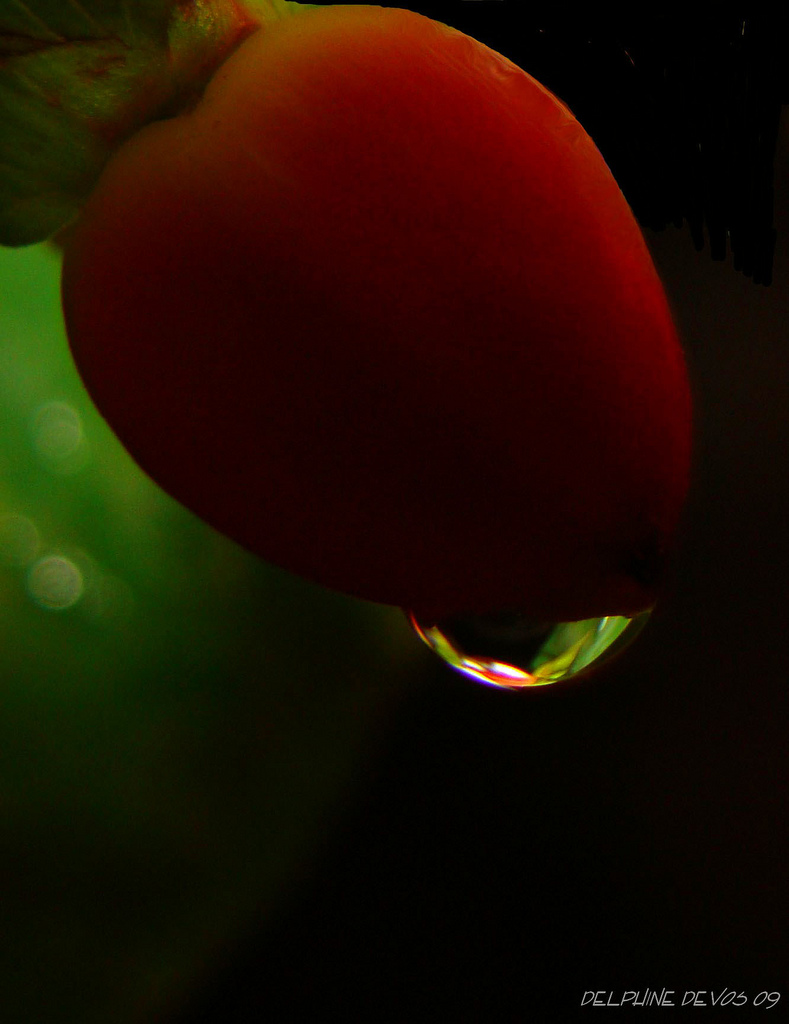When I think of the summer, I imagine people reclining on golden, sandy beaches, letting the cool waves wash up against their feet. They have no worries at all, just lots of time to relax and enjoy.
The Jewish calendar is our spiritual compass; it points us in the direction we should be heading. Just as the summer beckons, the Three Weeks come along and restrict us from some of those pleasures. The end of next week ushers in the Nine Days, further impacting our summer vacation plans. Is our Jewish calendar anti-Semitic? This oddity has always bothered me, particularly in the summer!
Our Rabbis make a very interesting connection. They teach that a hen lays her egg after 21 days. Similarly, the luz (usually translated as almond) tree takes 21 days from the time it flowers until its fruit ripens (see Bekhorot 8a). Rebbe Nachman explains that these 21 days allude to the Three Weeks; 21 days are the necessary incubation period before a rebirth. This is why it is the luz bone of the spine that will remain in the grave after the rest of the body has decomposed, and from it, the body will be built anew at the time of the Resurrection of the Dead. Likewise, the eating of the egg at the final meal before Tisha B’Av begins* symbolizes the rebirth we will experience on that day, as we have been taught that Mashiach will be born on Tisha B’Av and that day will eventually become a festival (see Likutey Moharan II, 85:2).
But something is very odd about this whole process. On the one hand, the luz symbolizes future rebirth, but why then does it ripen after 21 days, which represent mourning and sadness (and our being restricted from the summer festivities)? And why does the same egg that we eat at the mourner’s meal right before the onset of Tisha B’Av also symbolize rebirth? As they say, “Should I laugh or cry?”
We can answer this riddle and solve the timing of the Jewish calendar by examining a kosher egg. The sign of a kosher egg is one round end and one pointy end. Isaiah said, “He made my mouth like a sharp sword” (Isaiah 49:2). The pointy or sharp side corresponds to the times we experience great joy and festivity. We can laugh and scream with our mouths. But there is also a “flip side” – the round end of the egg represents the roundness of the human life cycle, which is why eggs are the traditional meal of mourners.
A kosher egg is the symbol of a healthy and wholesome life. When we were little kids, we viewed life as being just a lot of fun and adventure. Unfortunately, when we got older, the tragedies and difficulties of life made us think only of running away. But the real Jewish attitude is to understand that we are here for a purpose. God is constantly bringing the world closer to its rectification. When we are able to understand that this is a difficult process, but at the end we will merit a spiritual rebirth, the difficulties become lined with an awesome feeling of consolation and closeness to God.
Imagine the joy a mother feels after nine months of difficult childbearing, when she can finally hold her baby in her arms. With our emunah (faith), we can experience this consolation even now, during the Three Weeks, and also during all of life’s challenges. The contrast between summer vacation and the timing of the Jewish calendar creates the feeling necessary to take part in this process. The egg eaten on the eve of Tisha B’Av reminds us that even at the greatest moment of tribulation, redemption is already in play.
Based on Likutey Halakhot, Beitzim 5
*This year we do not eat this meal, since the eve of Tisha B’Av falls on Shabbat.
Photo credit: -Delphine – / Foter / CC BY

